The waters of Bunaken National Marine Park are extremely deep (1566 m in Manado Bay), clear (up to 35-40 m visibility), refreshing in temperature (27-29 C) and harbor some of the highest levels of biodiversity in the world. Pick any of group of interest - corals, fish, echinoderms or sponges - and the number of families, genera or species is bound to be astonishingly high. For example, 7 of the 8 species of giant clams that occur in the world, occur in Bunaken. The park has around 70 genera of corals compare this to a mere 10 in Hawaii. Although the exact number of fish species is unknown, it may be slightly higher than in the Philippines, where 2,500 species, or nearly 70 of all fish species known to the Indo-western Pacific, are found.
Oceanic currents may explain, in part, why Bunaken National Marine Park is such a treasure trove of biodiversity. Northeasternly currents generally sweep through the park but abundant counter currents and gyros related to lunar cycles are believed to be a trap for free swimming larvae. This is particularly true on the south side of the crescent-shaped Bunaken Island, lying in the heart of the park. A snorkler or diver in the vicinity of Lekuan or Fukui may spot over 33 species of butterfly fish and numerous types of groupers, damsels, wrasses and gobies. The gobies, smallish fish with bulging eyes and modified fins that allow them to attach to hard surfaces, are the most diverse but least known group of fish in the park.
Biologists believe that the abundance of hard corals is crucial in maintaining the high levels of diversity in the park. Hard corals are the architects of the reefs, without them, numerous marine organisms would be homeless and hungry. Many species of fish are closely associated with particular types of corals (folious, branching, massives, etc.) for shelter and egg-laying. Others, like the enormous Bumphead Parrotfish, Balbometopon muricatum, are coralivores and depend on hard corals for their sustenance. Bony mouth parts fused into an impressive beak allow these gregarious fish to crunch corals like roasted peanuts.
Good dive site for all divers. Wall dives and shallow reefs with good visibility of 20-30m. Coelacanths are found here!
Facts about Bunaken National Park It is in Indonesia
It is in Indonesia- Bunaken National Park is in the Asian Sea.
- The typical depth is 0-50 Metres 0-160 Feet.
- The typical visibility is 30+ Metres 100+ Feet.

by
Nazir AminWhere should i go!

by
Nazir AminManupulated by add Zoom burst effect.
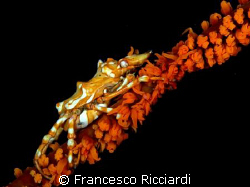
by
Francesco RicciardiVery nice small crab on a wire coral!

by
John MillerThis is a Scorpion Leaf Fish, not easy to photography, although it was sat on some coral it was swaying about quite a bit, like a leaf, hence the name. Taken with Canon 40D, 100mm Macro, Inon Z240 strobe.
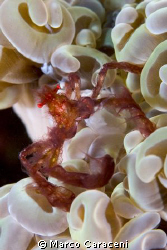
by
Marco CaraceniOrangutan Crab
Achaeus japonicus

by
Victor Wongtaken at bunaken island with canon G9 with Inon D2000 and Inon macro lens

by
Victor WongScorpion fish at bunaken island
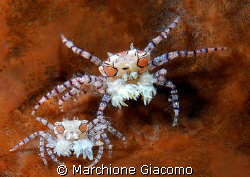
by
Marchione GiacomoBoxer crab mumy and child
Nikon D200, 60 micro,Twin strobo
Manado 2008
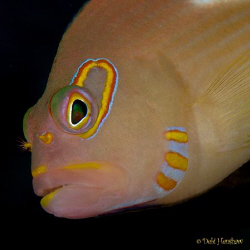
by
Debi HenshawHawkeye!
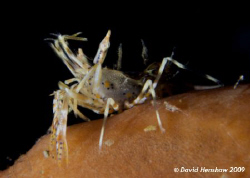
by
David HenshawLandscape study of Tiger Shrimp. Taken with D200, 60mm lens with 2T Diopter
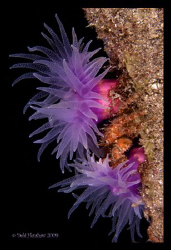
by
Debi Henshaw"Jewels of the Night" No Cropping :o)
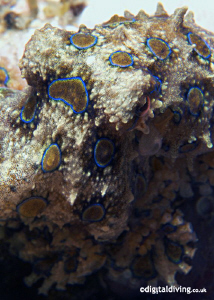
by
David HenshawClose up and personnal with a Blue Ring - taken with D200 and 60mm lens with 2T diopter - no cropping - this is as close as it gets!
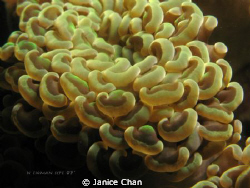
by
Janice Chancoral texture close up shot
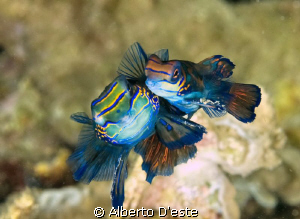
by
Alberto D'esteMandarin in love....
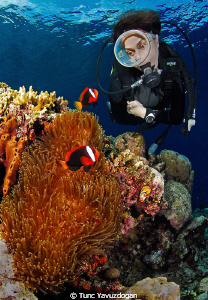
by
Tunc YavuzdoganEye to eye ...
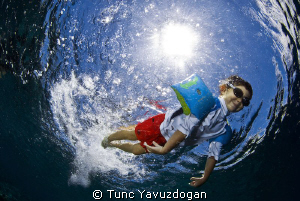
by
Tunc YavuzdoganA big Splash..... into the ocean.
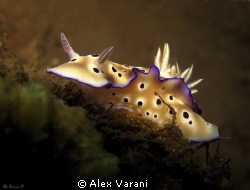
by
Alex VaraniChromodoris kuniei
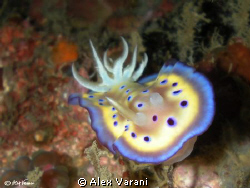
by
Alex VaraniChromodoris kuniei
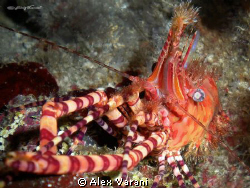
by
Alex Varanisaron sp.
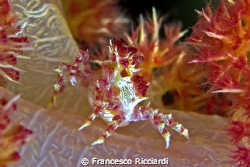
by
Francesco RicciardiA small soft coral crab walking around.
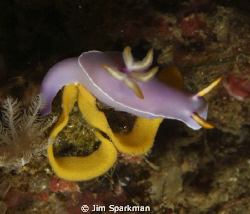
by
Jim SparkmanNudibranch with egg sack, shot of Monado, Indonesia; system: Canon 50D, 60mm macro lens, Ikelite housing and port, dual DS125 strobes, Ultralight arms
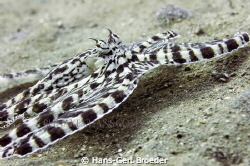
by
Hans-Gert BroederMimic Octopus
Bunaken, Sulawesi, Indonesia Nikon D300S
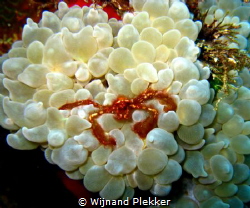
by
Wijnand PlekkerOrang Utan Crab - Bunaken
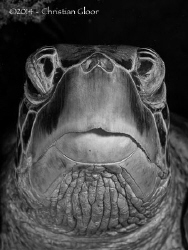
by
Christian GloorCloseup of a massive green turtle in Bunaken. Permanent resident of the dive site, she's called Grandma :)
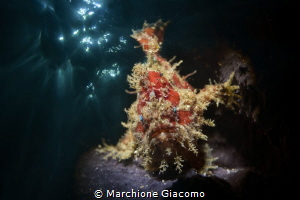
by
Marchione GiacomoThe mask. Nikon D800e , 105 macro , double exposure ,snoot with INon Z240
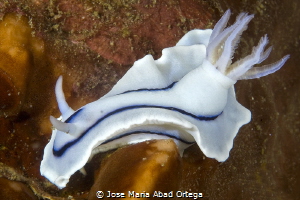
by
Jose Maria Abad OrtegaChromodoris sp. nudibranch